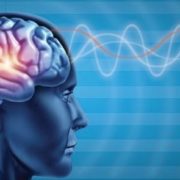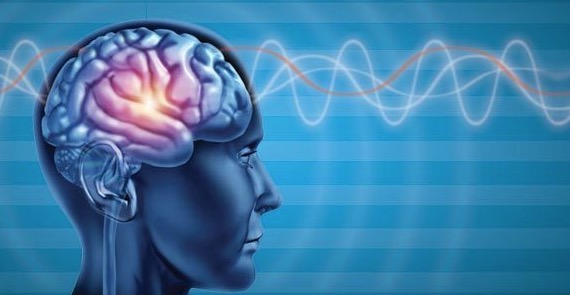Fidget Spinners for Children with ADHD?
Fidget Spinners for Children with ADHD?

You probably have heard of the craze: fidget spinners! The spinning toys come in a variety of colors and cost only a few dollars. Despite causing nuisance to many adults and school teachers (they are even banned in some school districts!), some experts say these toys can benefit some children with ADHD. Children with ADHD can be fidgety, from tapping feet to bouncing on seat. The proponents of fidget spinners say that the toy can benefit these children stay focused. However, there are many skeptics in the ADHD community. Most importantly, there are no studies or scientific evidence showing the benefits of fidget spinners. If your child appears to benefit from the toy, talk to his or her teacher. However, fidget spinners are not going to be a sufficient replacement to professional ADHD treatment anytime soon.
The Pathways team of professionals has helped thousands of people with ADHD & brain injuries. We are Dedicated to effective and compassionate care for individuals with neurological challenges.
The post Fidget Spinners for Children with ADHD? appeared first on Pathways Neuropsychology Associates.
Source: Pathways Neuropsychology
Fidget Spinners for Children with ADHD?







